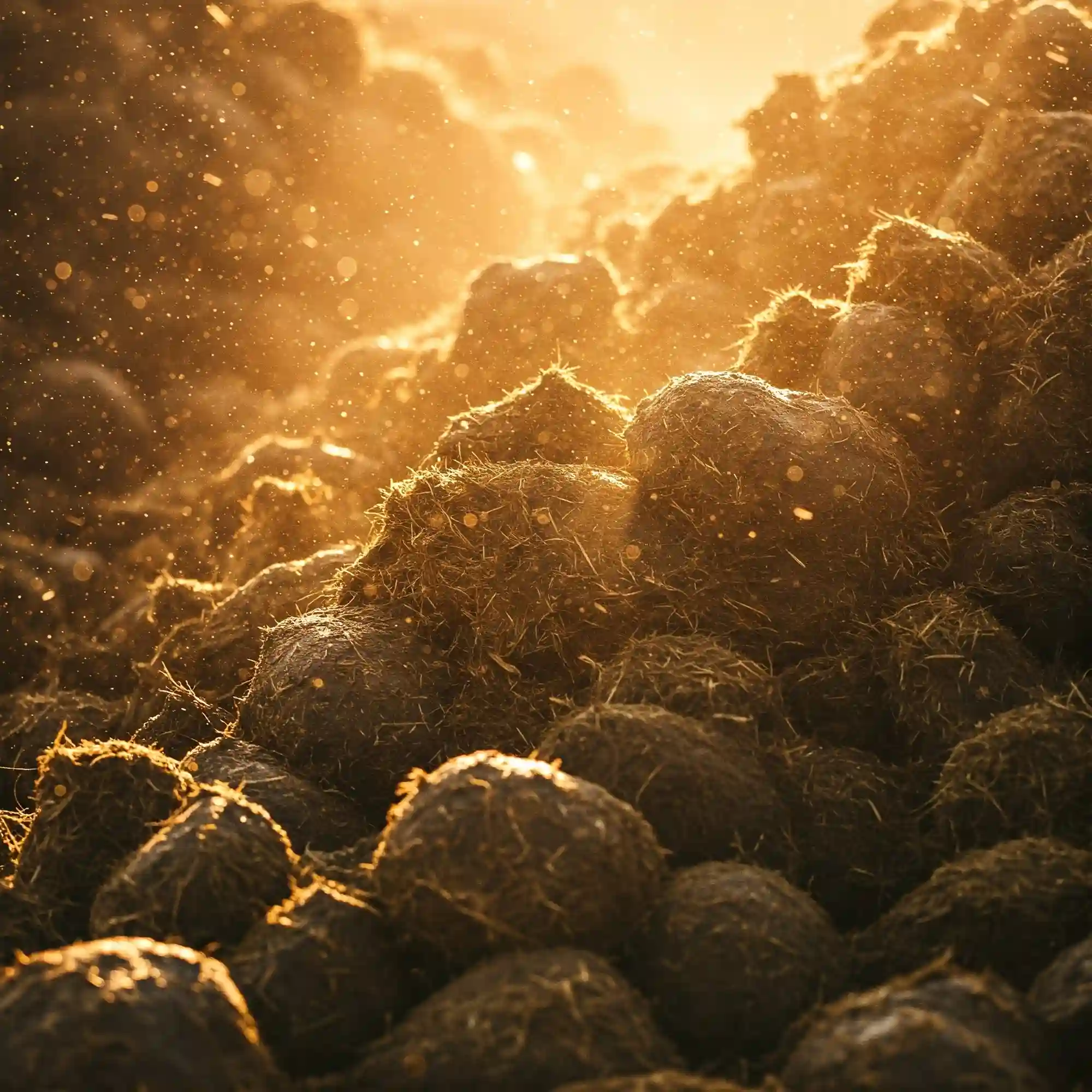Composting is the process of breaking down organic matter into a nutrient-rich soil amendment. It’s a great way to recycle food scraps, yard waste, and other organic materials, and it can also help to reduce your carbon footprint.
But composting can also seem like a lot of work, especially if you’re a lazy gardener. That’s why we’ve put together this guide to composting for lazy gardeners. We’ll show you how to compost with minimal effort and still get maximum results.
1. Choose the Right Composting Method
There are many different ways to compost, but some methods are more work than others. If you’re a lazy gardener, you’ll want to choose a method that is easy to maintain and doesn’t require a lot of time or effort.
Here are a few of the most popular composting methods:
- Backyard Composting: This is the most traditional method of composting, and it involves building a compost pile in your backyard. Backyard composting is a good option if you have a lot of space and you don’t mind the smell of compost.
- Vermicomposting: This method of composting uses worms to break down organic matter. Vermicomposting is a great option for people who live in apartments or who don’t have a lot of space. It’s also a relatively low-maintenance method of composting.
- Tumbler Composting: Tumbler composters are a great option for people who want to compost but don’t have a lot of space. Tumbler composters are also relatively low-maintenance, but they can be more expensive than other composting methods.
Once you’ve chosen a composting method, you’ll need to decide where you want to put your compost pile or bin. If you’re composting in your backyard, you’ll want to choose a spot that is level and well-drained. You’ll also want to make sure that the spot is not too close to your house or to any other buildings.
2. Gather Your Materials
Once you’ve chosen a composting method and a location for your compost pile or bin, you’ll need to gather your materials.
Here are some of the things you’ll need:
- Organic materials: These are the materials that you’ll be composting, such as food scraps, yard waste, and paper products.
- Compost activator: This is a material that helps to speed up the composting process. Compost activators include things like manure, coffee grounds, and eggshells.
- Water: You’ll need to water your compost pile or bin regularly to keep it moist.
You may also want to consider purchasing a compost thermometer. A compost thermometer can help you to monitor the temperature of your compost pile or bin, which is important for ensuring that the composting process is happening properly.
3. Start Composting
Once you’ve gathered your materials, you’re ready to start composting.
Here are the steps involved in composting:
- Add organic materials to your compost pile or bin. You can add organic materials to your compost pile or bin whenever you have them. Just be sure to mix them up well with the other materials in the pile or bin.
- Add a compost activator. You should add a compost activator to your compost pile or bin every time you add new organic materials. Compost activators help to speed up the composting process.
- Water your compost pile or bin regularly. You should water your compost pile or bin regularly to keep it moist. The ideal moisture level for compost is about 50%.
- Turn your compost pile or bin regularly. You should turn your compost pile or bin regularly to aerate it and help the composting process to happen. You can turn your compost pile or bin with a shovel or a pitchfork.
The composting process can take anywhere from a few weeks to several months, depending on the materials you’re composting and the temperature of your compost pile or bin.
4. Use Your Compost
Once your compost is finished, you can use it to amend your soil or to fertilize your plants.
Here are a few ways to use your compost:
- Add it to your garden beds. Compost can be added to your garden beds in the spring or fall. It helps to improve the soil structure and add nutrients to the soil.
- Use it as a mulch. Compost can be used as a mulch around your plants. It helps to suppress weeds and retain moisture.
- Use it to make compost tea. Compost tea is a liquid fertilizer that can be used to water your plants. It’s a great way to get the nutrients from compost into your plants.
Composting is a great way to recycle food scraps, yard waste, and other organic materials. It’s also a great way to improve the structure of your soil and to add nutrients to your plants. With a little effort, you can compost with minimal effort and still get maximum results.

